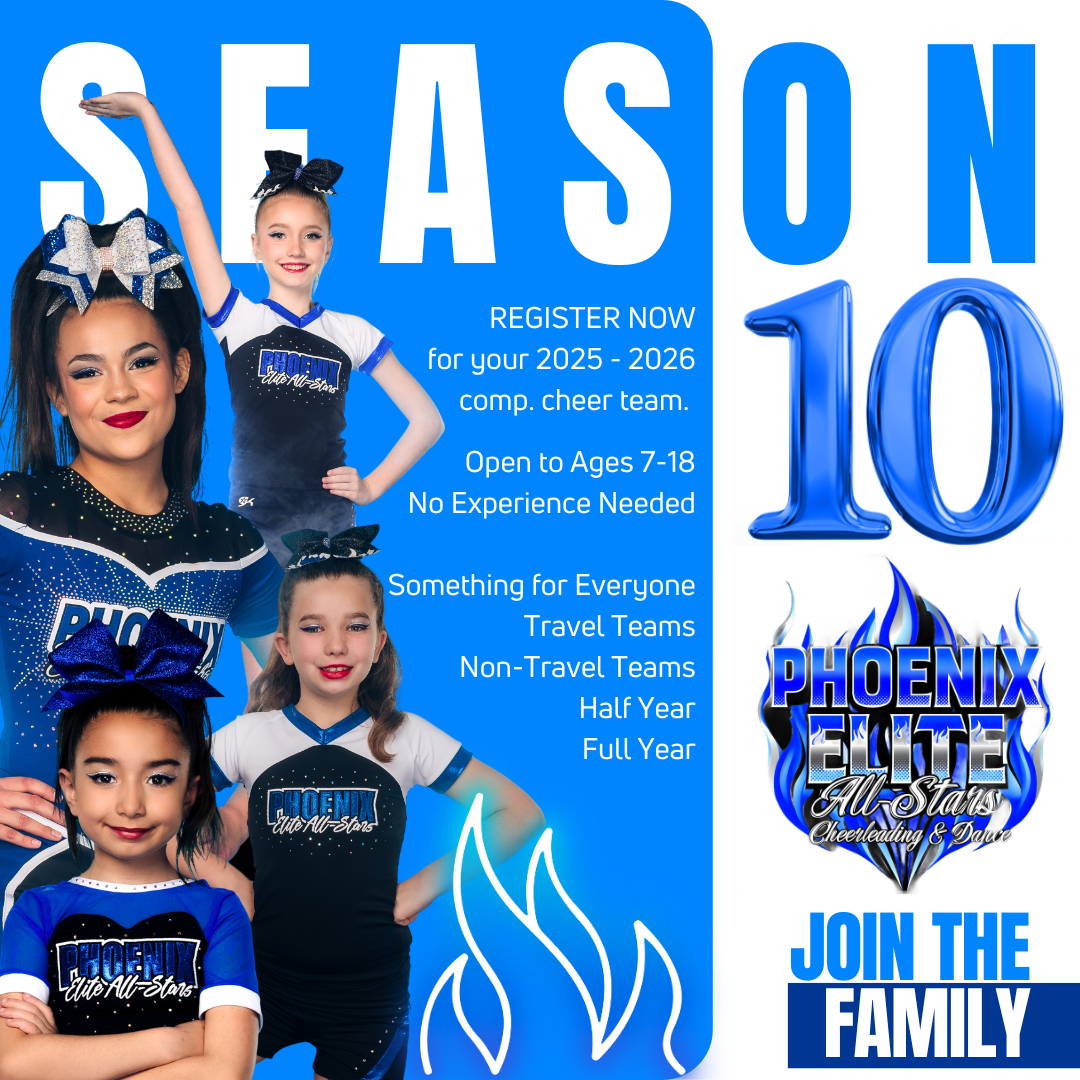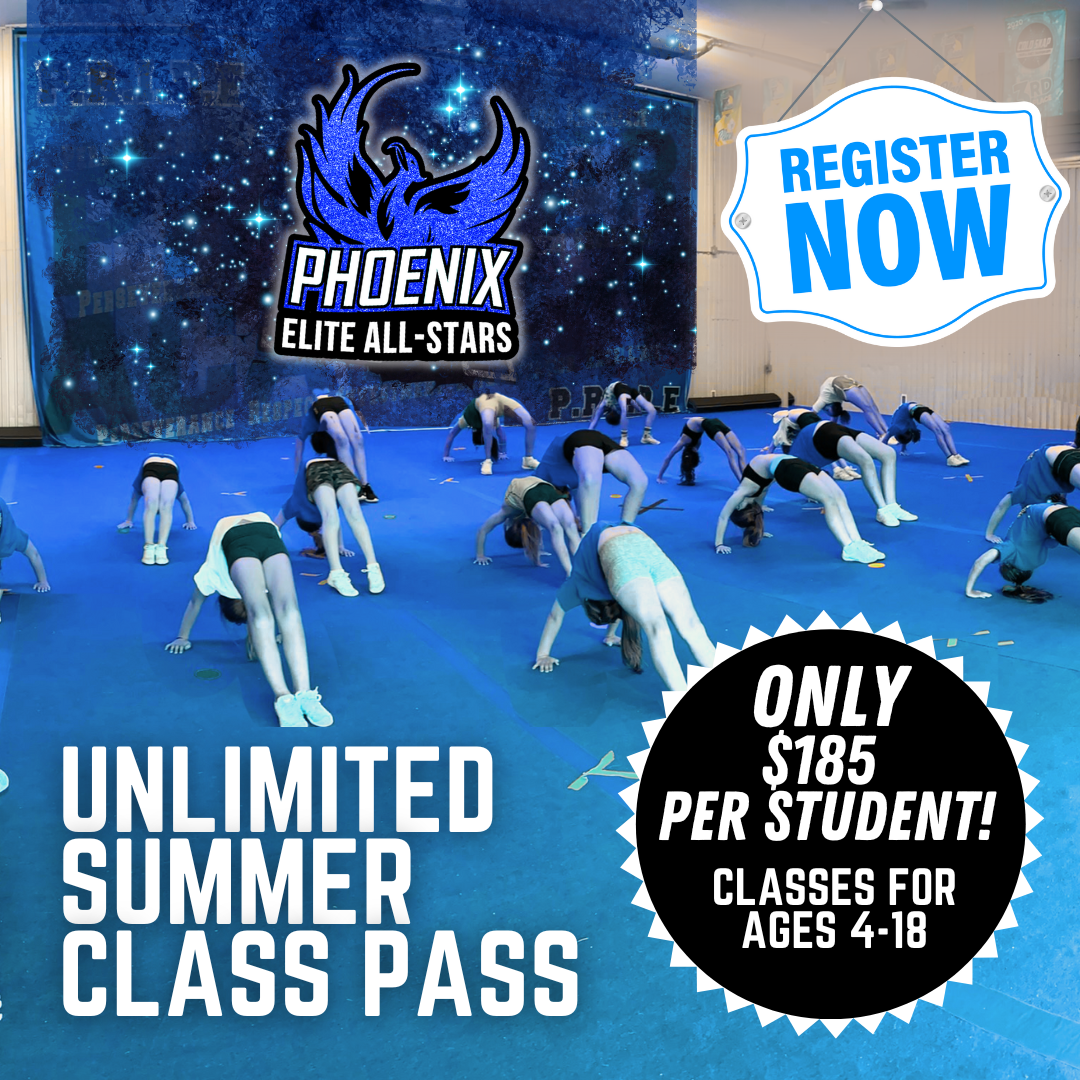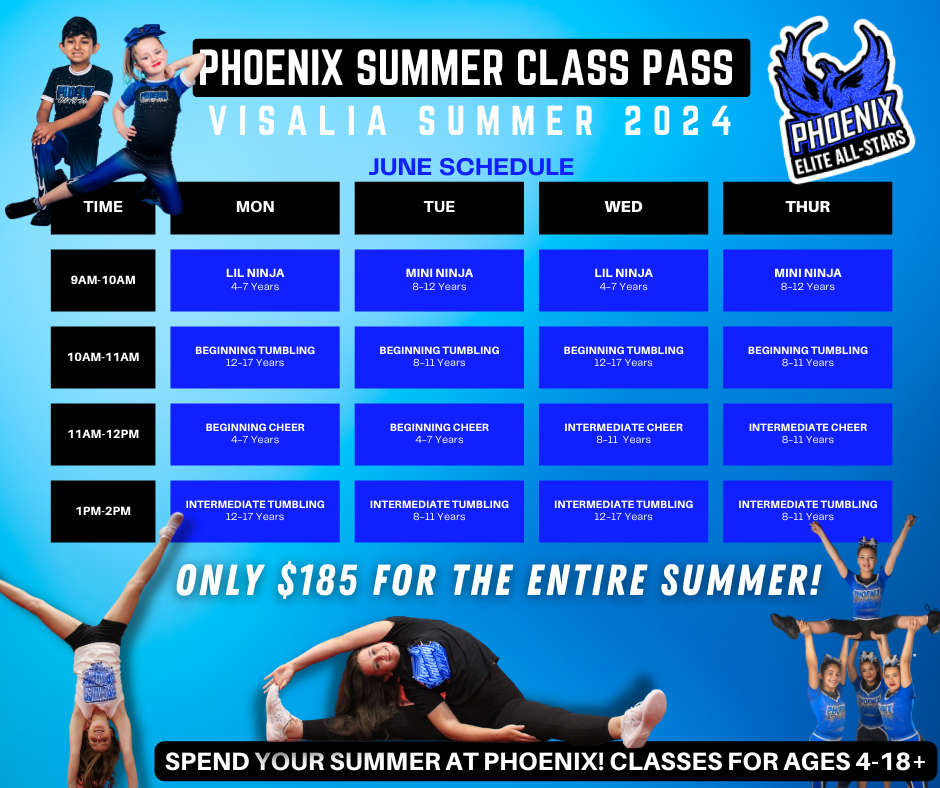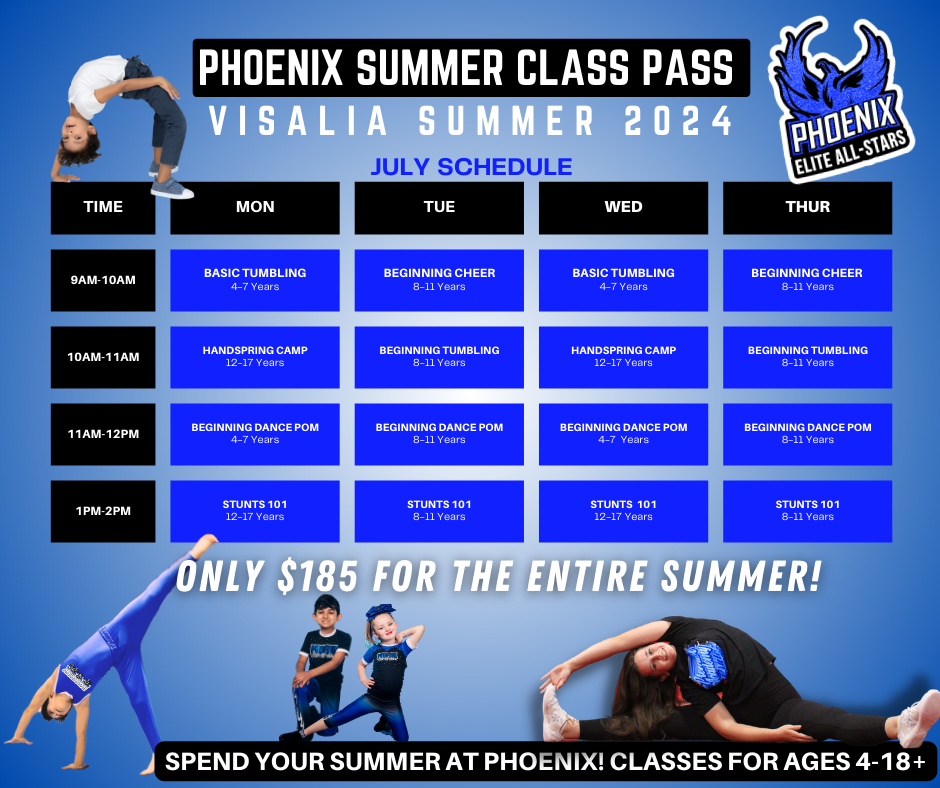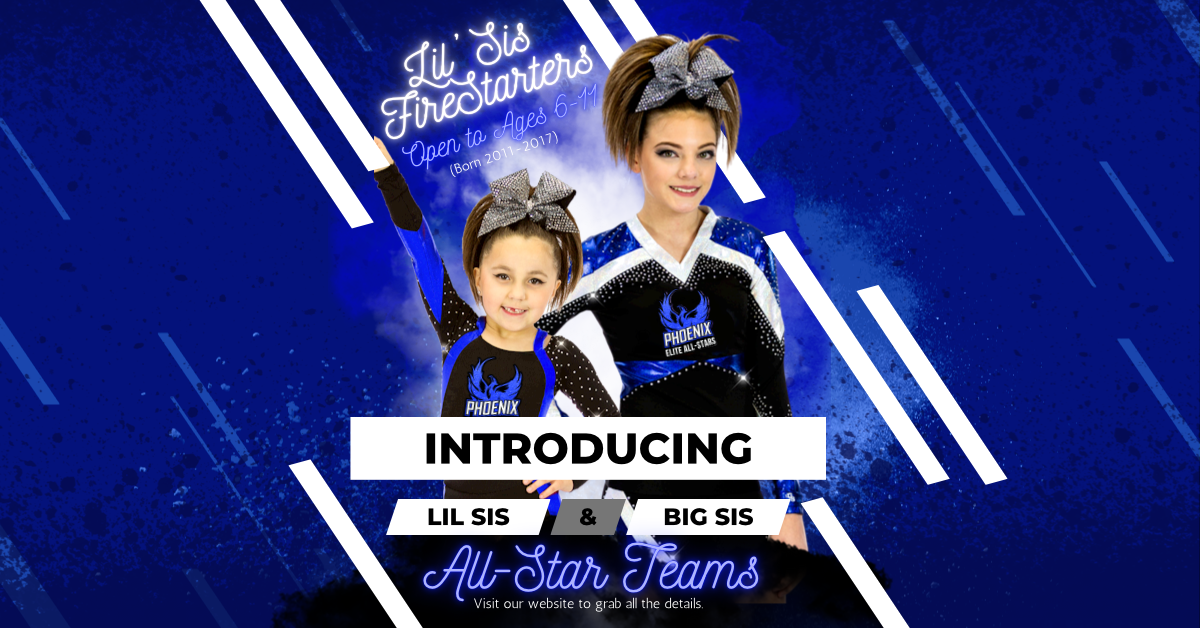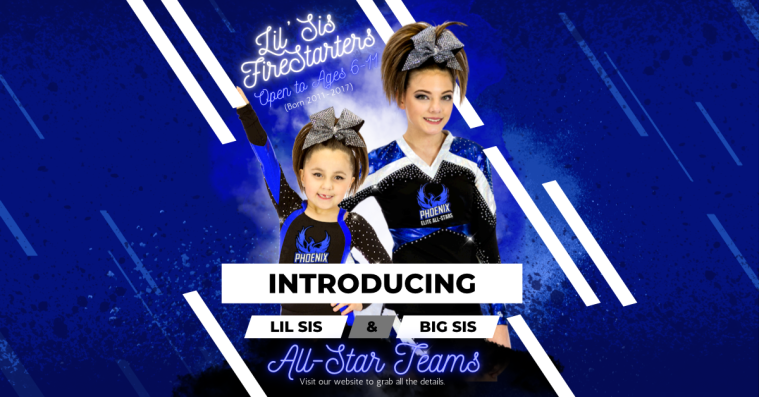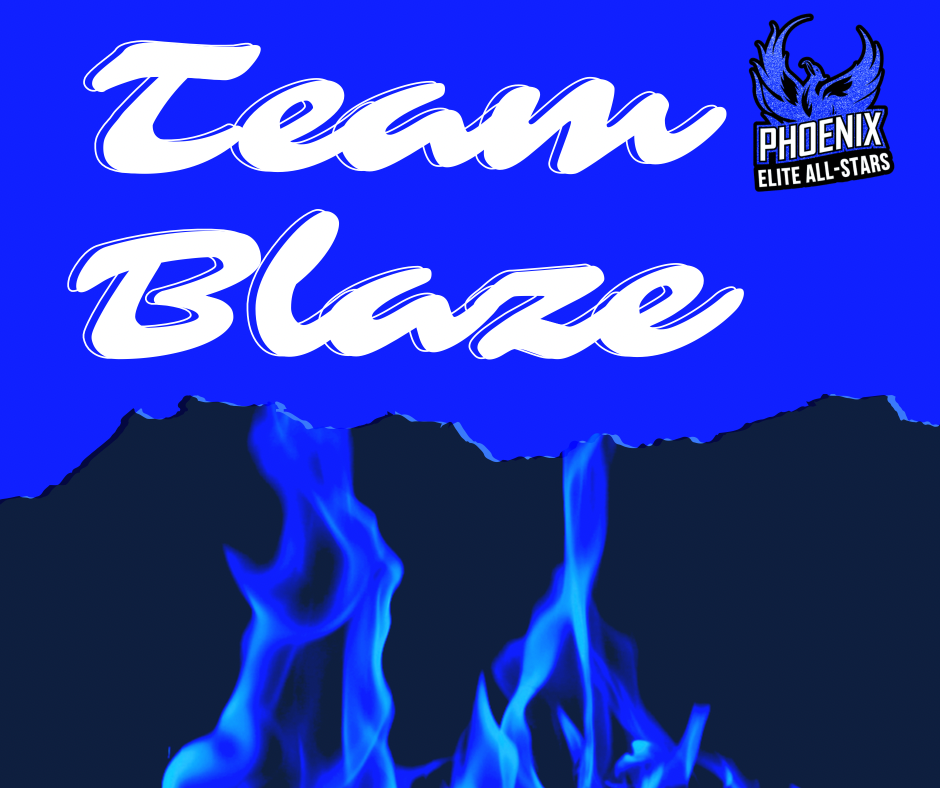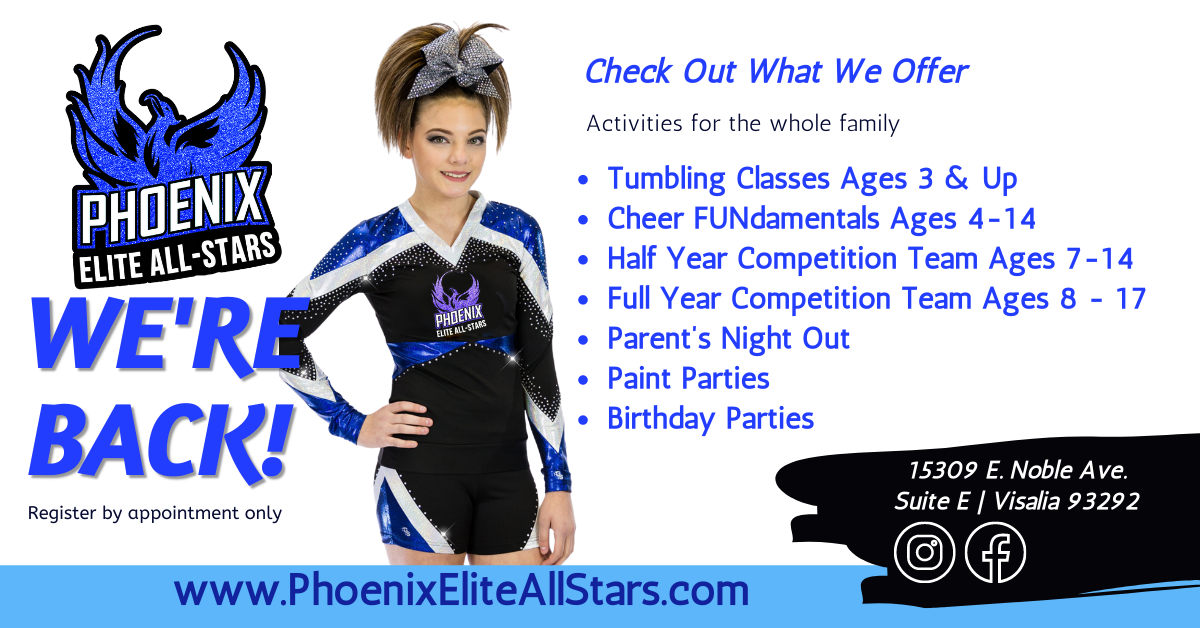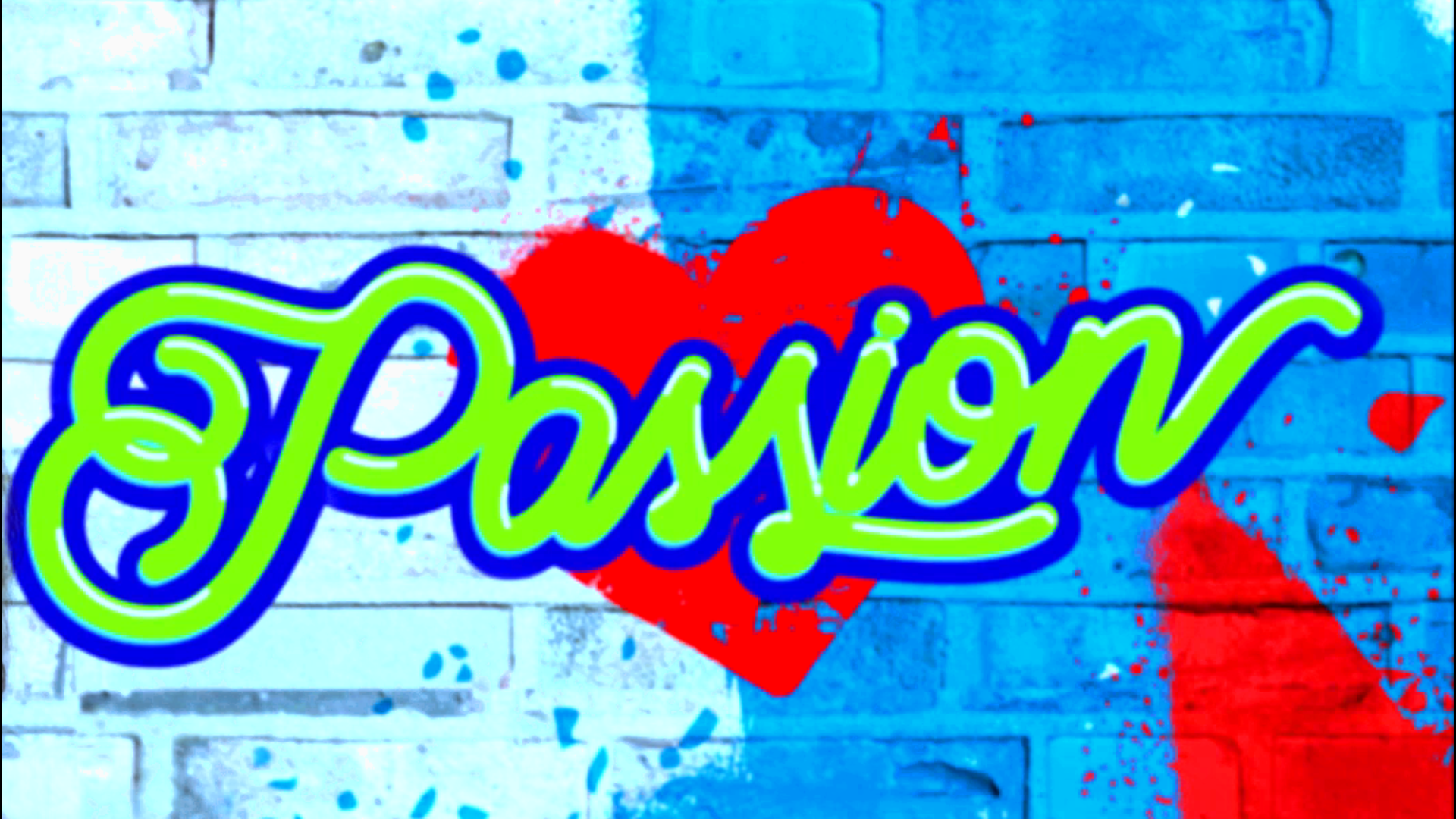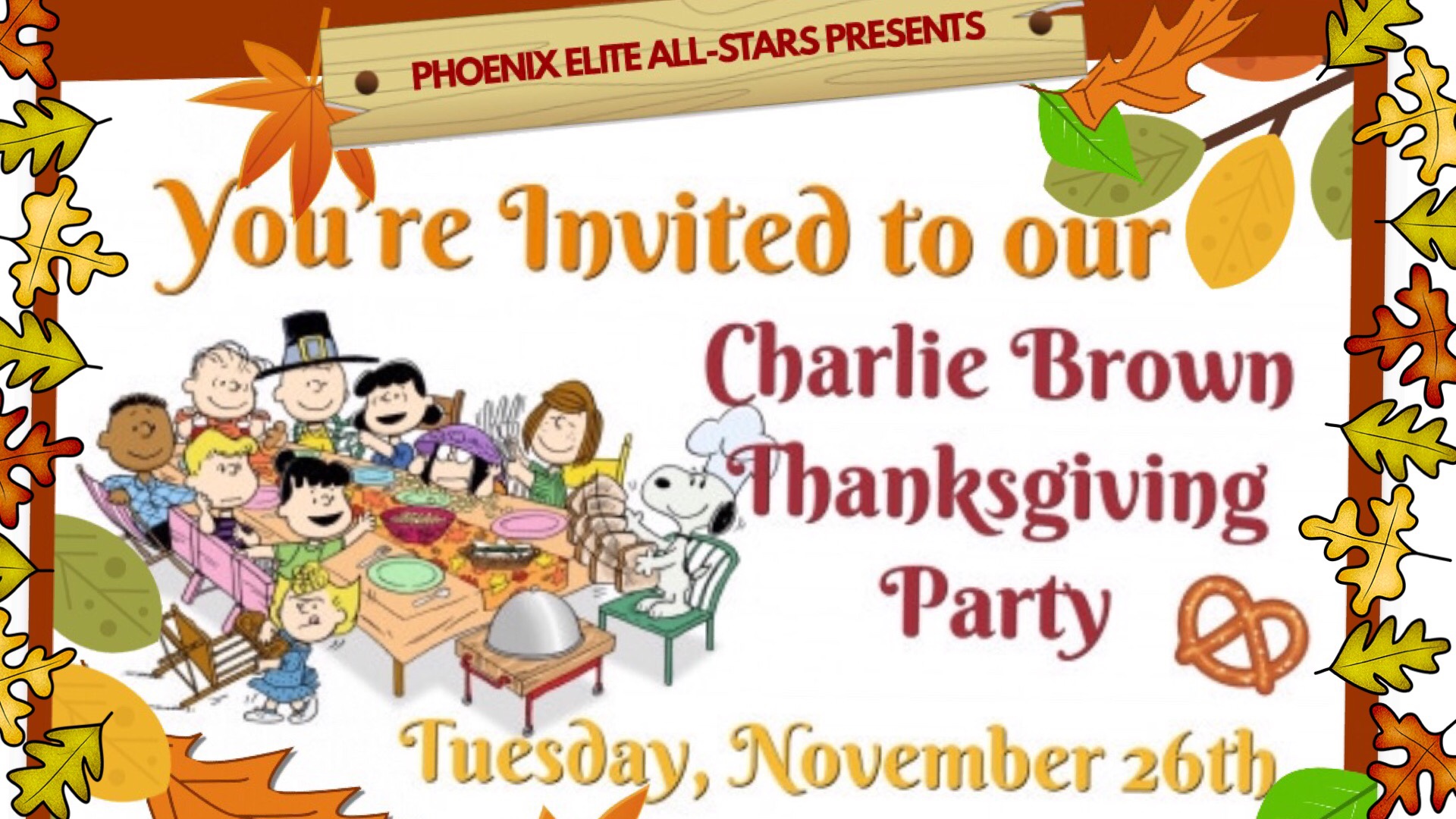• Competitive versus Sport
For many years, cheerleading was not recognized as a sport. Today, teams around the nation are competing and cheering for home teams. After cheer was finally considered a sport, it evolved into various types of teams. There is competitive cheerleading, which involves competing against other cheer teams from nearby areas or across the country. Competitive cheer often requires a very high skill level in all areas of cheer; motions, jumps, stunting, and tumbling. These teams also dedicate many hours of practice and even lots of money toward uniforms, traveling, camps, and gyms. A less involved type of cheerleading would be for sport teams. Many sport teams cheer for a specific sport or multiple sports. These types of cheerleaders also put in hours of practice and hard work, but their efforts are shown to a crowd during a sporting event.
• Importance of Fitness
Fitness is important for anyone participating in sports. In cheerleading, it is best to focus on three areas; flexibility, strength, and endurance. Flexibility is necessary when practicing and performing jumps. The more flexible a cheerleader is, the higher the jumps will be. Jumps are also easier to do when properly stretched. Strength is very important for every cheerleading skill. When stunting, it is easier to lift and hold flyers, while it also helps avoid injury. Endurance is also critical, although it is easy to overlook. Some stunts last longer than a few seconds, so each person in the stunt needs the endurance to perform it completely. Even a simple, 30 second routine requires lots of energy.
• Variety of Skills
Cheerleading is not a sport for everyone, even if it may seem to appear that anyone can jump in and catch on. This sport requires a variety of skills, especially when it comes to jumps, stunting and tumbling. Even simple cheers and chants cannot be done without sharp motions and proper voice. Jumps require flexibility and practice, along with the right technique. Stunting can be a very dangerous part of cheer, so it is very necessary to be prepared and learn the correct form for each position. Tumbling, also very dangerous, can cause many injuries. It is important to learn simple techniques before attempting to tumble.
• The Right Look
Appearance is very important for cheerleaders to be aware of. Simple things, such as jewelry, can cause injuries if left in while cheering. Hair is pulled back and away from the face to avoid blocking the cheerleader’s vision while they are performing. Good shoes and clothing are also important to help avoid small injuries.
Voice is an important part of cheer, especially when trying to communicate a message to the crowd or team. When cheering, the words should be loud but clear so that the message can be effective. Teams often practice cheering from the stomach, increasing the volume of the words.
• Practice, Practice, Practice
Practice is crucial for any cheer team. This helps to remember cheers, improve jumps, and memorize routines. Even for stunting, a stunt cannot simply be done only once or twice. It must be done many times, so that each person is comfortable performing it. This avoids possible injury in case a stunt goes wrong while performing. Practice ensures an easier, better performance.
• Motivation and Focus
While practicing with a team, motivation and focus will keep everyone on track and make sure no time is wasted. If everyone is committed to a task the team is working on, it will be done faster. A productive practice will benefit the team, as well as provide extra time to work on new things.
• Positive Attitude
As simple as it seems, a positive attitude can go a long way. Some practices can be easier than others, so when the team feels exhausted or stressed, positive reinforcement can push everyone to work on their goal. It is easier to get things accomplished when everyone is in a positive mood.
• The Challenges and Fears We Face
Cheerleaders can often face the challenge of a more difficult stunt when trying to increase the level of their abilities. Sometimes, it takes cheerleaders out of their comfort zone to face this fear. Stunts can require flyers to be thrown in different directions, while bases must catch from greater heights. Any stunt can seem scary at first, but can be done with the trust of teammates.
• 60 Second Routine = Hours of Practice
Cheerleaders often learn routines. For competitive cheerleaders, routines are often 2 minutes and 30 seconds. But, even a 60 second routine can take many hours to practice. Choreography must be taught and perfected, stunts must be practiced, and the entire routine must be run through multiple times. Even during these processes, many changes can occur, making the routine a little different. It takes time for a team to learn a routine and perfect it. Once performed, it might seem as though it is done effortlessly, but that is the secret of cheerleading. If the performance looks easy, it was done right.
